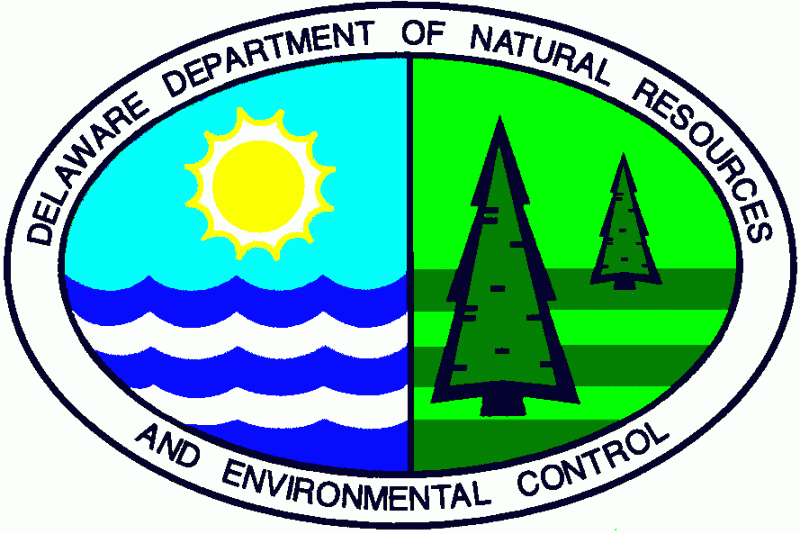Delaware Division of Fish and Wildlife Uses Versatile New Equipment to Restore and Maintain Meadow Habitat
Delaware Department of Natural Resources and Environmental Control 03.18.13

Meadow habitat is home to many native species in Delaware, from cottontail rabbits and bobwhite quail, to insects and smaller mammals, to nesting wild turkeys. To provide habitat for these and other species, the DNREC Division of Fish and Wildlife currently maintains several hundred acres of state wildlife areas as meadows, managing low plants such as native grasses and wildflowers.
Without direct management, these grasslands can quickly transition from the short, early successional vegetation that defines meadow habitat to shrub-scrub and then to young forest in only a few years, rapidly reducing available habitat for grassland species. A mix of meadow, shrub-scrub and forest habitats is best for a diversity of wildlife types.
“Many grassland wildlife populations, including American kestrel and ground-nesters such as quail, Eastern meadowlark, grasshopper sparrows and field sparrows, have been declining in their range in recent years because of loss of this valuable habitat,” said Kent County Regional Wildlife Manager Wayne Lehman. “To prevent brush and trees from encroaching and taking over its open space, meadow habitat requires intensive maintenance.”
Timing is key in maintaining meadows. “We mow to ground level in patches to provide nearby wildlife with escape options and a mix of winter and nesting cover,” Lehman said. “And we only mow in late winter to avoid eliminating valuable winter cover and prior to wildlife nesting, and in late summer after most species of wildlife have completed nesting.”
Conservationist Gary Gerardi and his southern Kent County-based wildlife crew have traditionally worked with herbicide application, bush hogging equipment, prescribed burning and disking for habitat restoration and maintenance. Now, they have a highly efficient addition to these tools: the Posi-track, a versatile piece of equipment propelled by all-terrain tracks instead of tires. The Posi-track has a number of attachments, including a specialized Fecon head – similar to a large stump grinder – to cut through tough trees and brush threatening quality meadow habitat.
“It’s relatively small and low profile, with very light ground pressure. There’s no getting it stuck and it doesn’t tear up the ground. Those qualities really help when we’re doing restoration work,” Gerardi said. “Instead of going in with a 10-foot bush hog and cutting everything, or going in with labor-intensive hand tools, we can use the Posi-track to quickly and efficiently remove individual shrubs or trees, leaving other plants and the ground undisturbed.”
By using the Posi-track, both Gerardi’s crew and the northern Kent County crew led by Derek Harvey are able to make better use of staff and resources for other key maintenance projects, such as cutting boundary lines, clearing deer stand trails, managing invasive shrub species such as autumn olive and multiflora rose, and cleaning up storm damage on wildlife areas. “It’s a major time-saver,” Gerardi said, noting work that used to be done over a period of weeks with chainsaws can now be done in days or hours.
All this work done to maintain meadow habitats on Delaware’s wildlife areas has far-reaching results, noted Wildlife Biologist Anthony Gonzon. “Meadow habitats are a critical component of the food web, supporting hundreds of species of insects, such as grasshoppers and caterpillars, an important food source for birds during breeding season,” Gonzon said. “Meadows also shelter small grassland-dwelling mammals such voles and mice that serve as prey for the hawks, owls, snakes and foxes that forage in meadow habitat year-round.”
Grasslands also support Delaware’s vitally important native pollinators. “Bees, moths and butterflies, such as the Delaware Skipper, help maintain the diversity of plant species in our managed grasslands,” Gonzon said. “Not only do these species rely upon their grassland habitat, but the habitat can also rely upon them to help pollinate meadow plants.”

